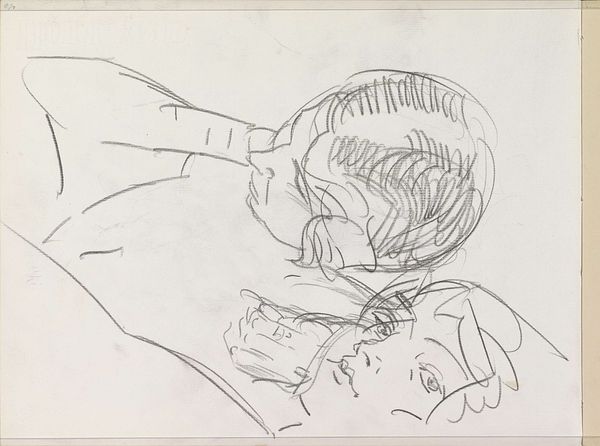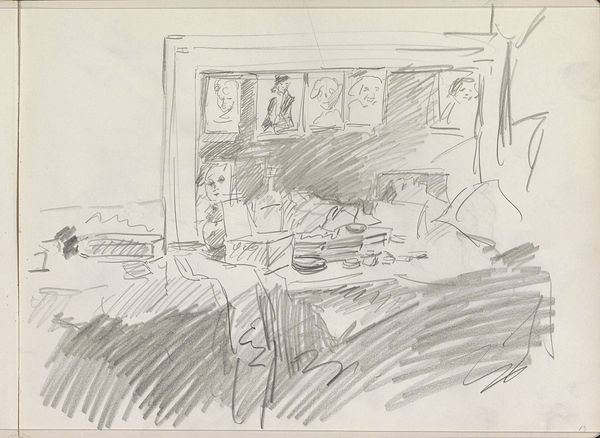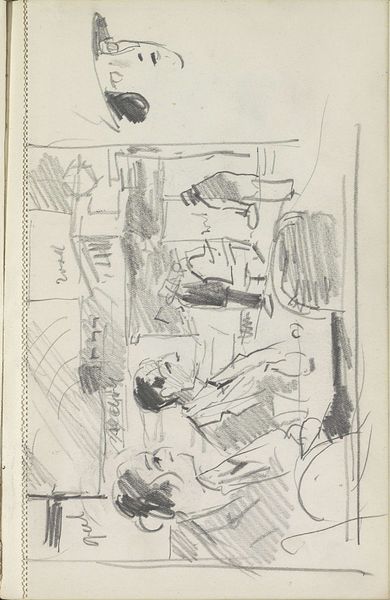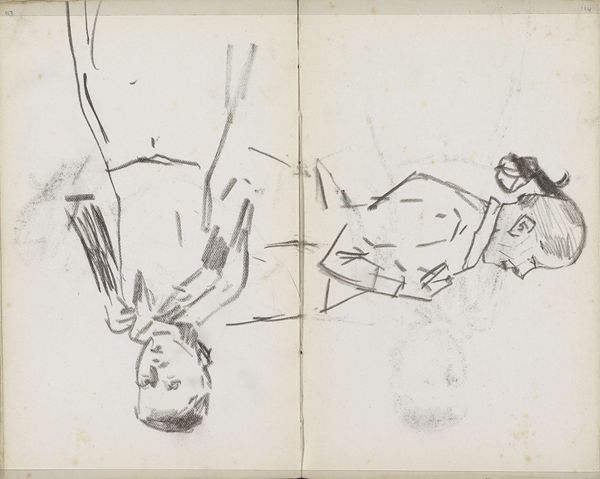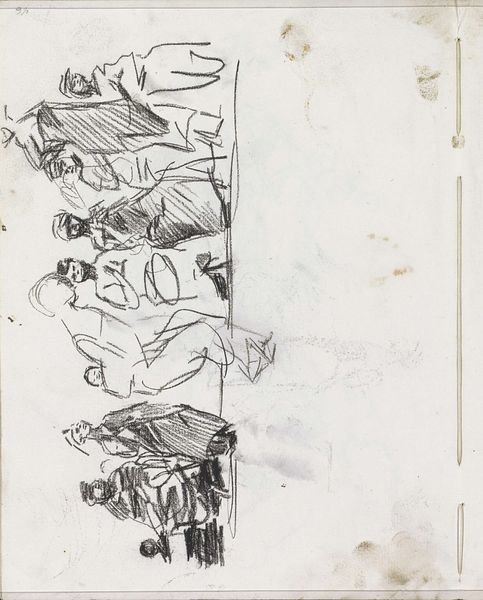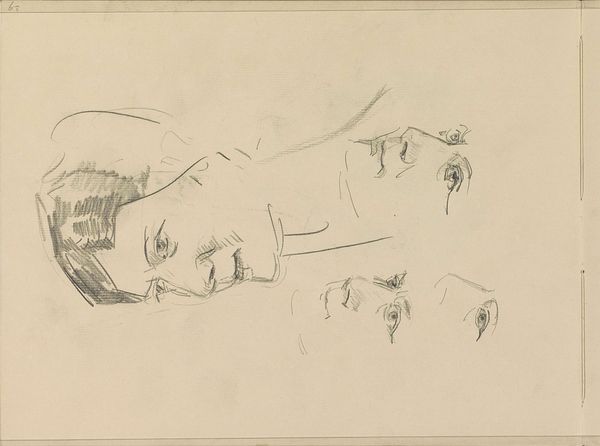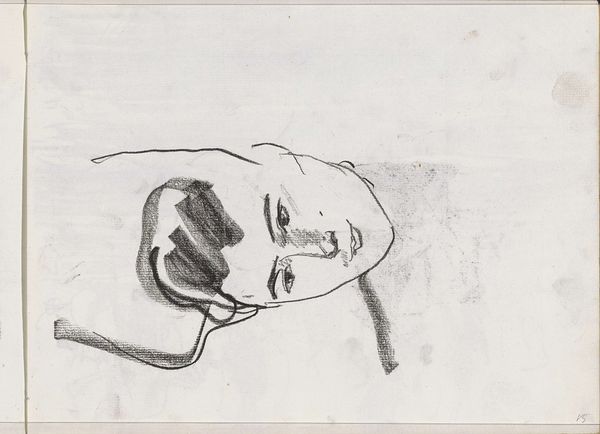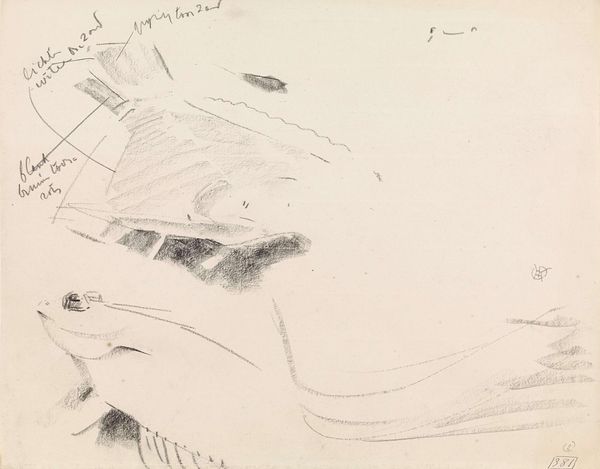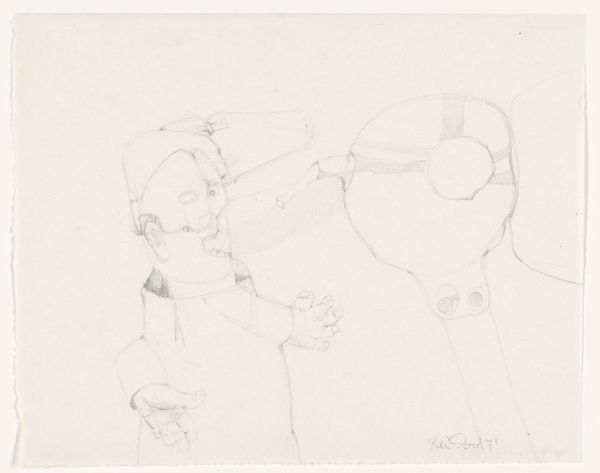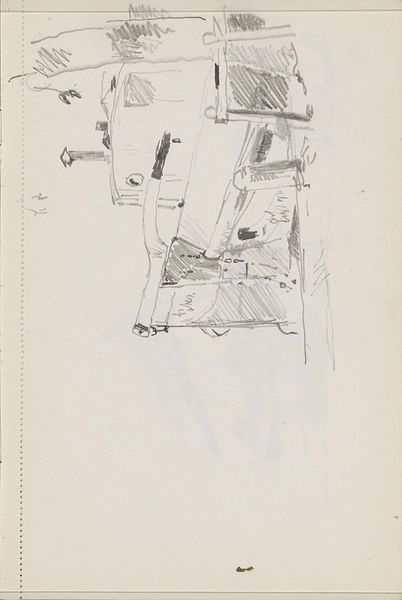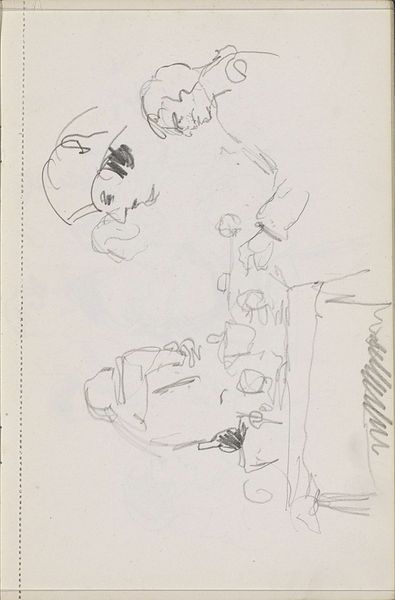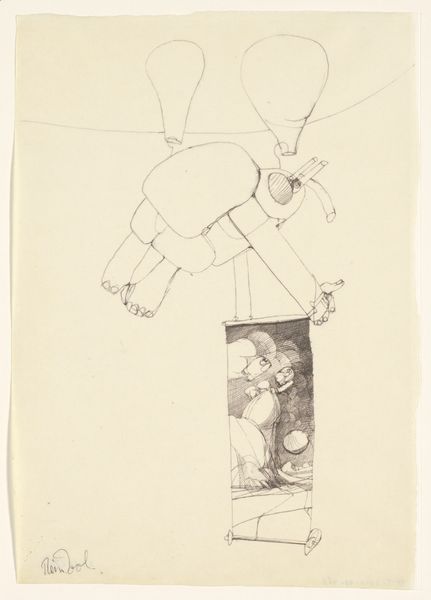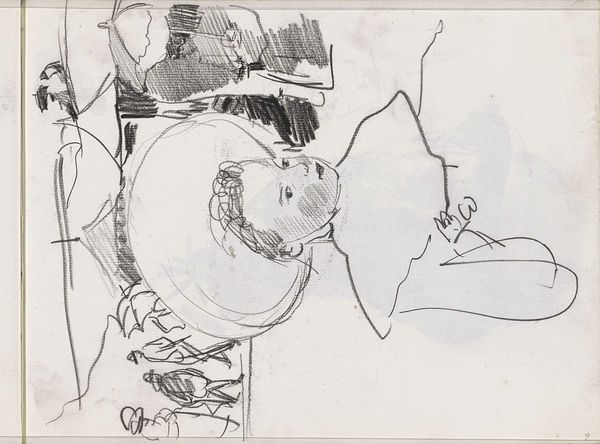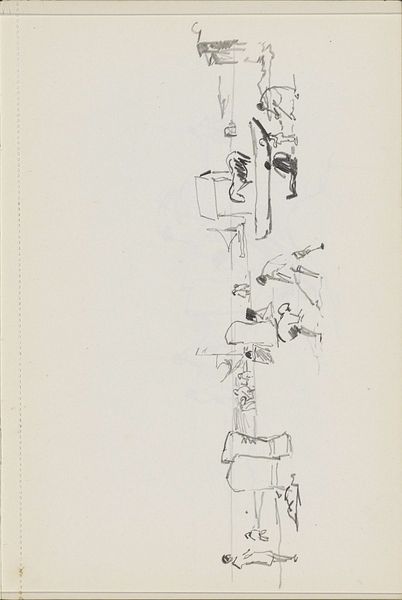
#
dark object
#
wedding photograph
#
dark hue
#
dark monochromatic
#
black colour
#
dark shape
#
repetition of black colour
#
monochrome photography
#
black object
#
black colour rhythm
Dimensions: sheet: 25.3 x 20.3 cm (9 15/16 x 8 in.)
Copyright: National Gallery of Art: CC0 1.0
Editor: So this is Robert Frank’s “23rd Street--New York City no number” from 1954. It’s a black and white photograph, showing what looks like a full roll of 35mm film. The effect of seeing all those sequential images at once is really compelling, kind of like flipping through a memory album, except a stranger's. How do you interpret the significance of displaying the film roll this way? Curator: That’s a keen observation. Frank’s choice to show the entire film roll resists the polished, singular image often associated with photography and fine art. He is implicating himself in a moment of his cultural existence. He's letting the viewer see the selection process, the outtakes, the moments of everyday life that often go unseen, almost like raw evidence. How does this affect your understanding of the image’s context? Editor: Well, it makes it seem more honest and less staged, right? Seeing the near-duplicates emphasizes the fleeting nature of those moments. Also, It's from 1954... post-war America was on the rise and the American dream narrative was being fed through media like television. Is Frank resisting this idealism? Curator: Precisely. Consider the context of 1950s America. The prevailing narrative was one of prosperity and conformity. Frank, an immigrant, saw something different. Showing these everyday, almost banal scenes could be interpreted as a challenge to that curated image. Editor: That's fascinating. So, it's not just about the images themselves, but also what they say about the role of photography and image making within the wider society. The choice to display the full roll, then, serves a powerful purpose. I hadn't considered that angle. Curator: Absolutely. This isn't just a picture, it's a statement on representation. Hopefully this enriches our experience when walking around in a gallery and interacting with works of art in a broader societal and political context. Editor: Definitely something to ponder. I’ll never look at photo exhibitions the same way!
Comments
No comments
Be the first to comment and join the conversation on the ultimate creative platform.
